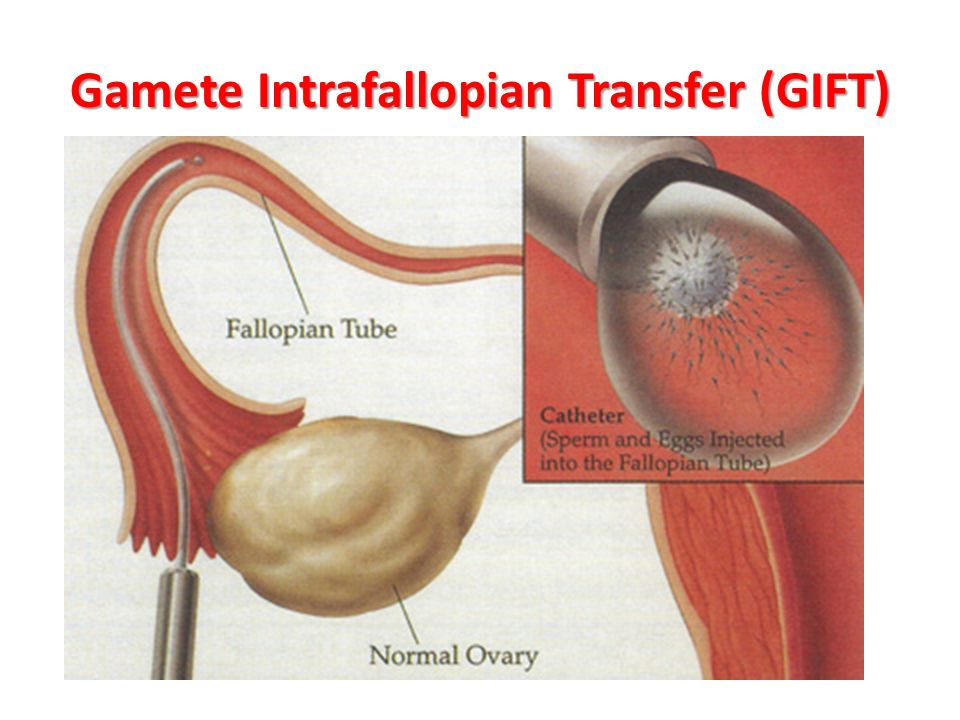GIFT stands for the gamete intrafallopian transfer and it is a tool of assisted reproductive technology that is used against the fertility. This process involves the removal of eggs from the women’s ovaries, and then they are placed in one of the fallopian tubes along with the sperm of a man.
On average this process takes 4-6 weeks, for completing the GIFT cycle. The fertilization process does not take place in the laboratory but the fallopian tube. However, for the GIFT to work, healthy fallopian tubes are necessary.

How to GIFT is performed
X-ray analysis is done for the determination of the presence of at least one healthy fallopian tube. A laparoscope will be used by the doctor, to ensure that the scar tissues, are not present outside the fallopian tubes.
- Eggs are retrieved from the ovaries, by using the laparoscope.
- On the same day, a sample sperm is collected from the male, when the eggs are retrieved.
- Then in the catheter, the eggs are mixed with the sperms.
- The mixture of eggs and sperms is inserted into the fallopian tubes by using the catheter.
- Then the women are provided with the medication, for building up the uterine lining, for supporting the implantation of the fertilized egg.
Who Are Treated with the GIFT?
- GIFT treatment is used for the following patients.
- Couples who have unexplainable issues of infertility.
- Couples who did not get success with the IVF.
- Couples who have the moral or religious reluctant to use the IVF.
- Women, in which at least one fallopian tube is healthy.
- Couples in which the sperm count of the husband is low, or there is any other problem with his sperms.
Indications
For getting the GIFT treatment there is no requirement to be admitted to the hospital. Typically, after the recovery, the patients stay in for about eight hours. Fertilization cannot be confirmed visibly. This technology cannot be used for those who have the blocked, or damaged fallopian tubes. In instances it is used, where the infertility problem is related to the sperm dysfunctioning, or where the couples have unknown (idiopathic) infertility issues. It is the semi-invasive procedure, as the fertilization takes place inside the body.
Success Rate
The success rate is strongly dependent on the quality of eggs, and the age of the couple. According to an estimate, 25-30% of the GIFT cycle has resulted in the pregnancy. Technically, saying this fertilization is not in vitro, as it takes place inside the body. According to some Catholics, it is the replacement of marriage and is an immoral act.